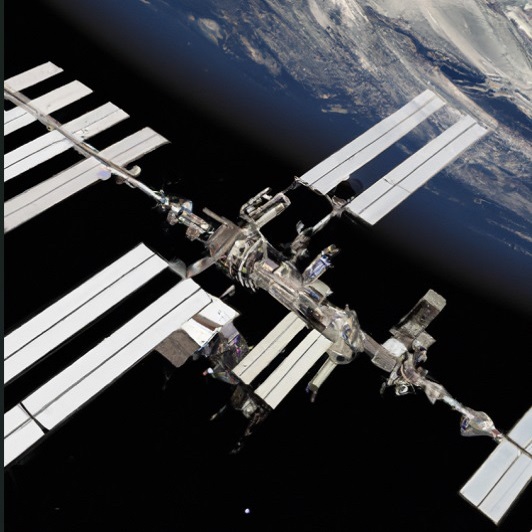With the world’s first metal 3D printer being sent to the International Space Station (ISS), we look at what impact being able to print metal parts in space could have on space-travel plus potential environmental considerations and more.
3D Metal Printer
Although the ISS already has several plastic 3D printers on board, the new Airbus-produced 3D metal printer, as Airbus points out, has been added because “not everything can be made from plastic” and “this logistical constraint will intensify on future Moon and Mars stations in the next few decades”. Airbus also points out that “even though the raw material still needs to be launched, printing the part is still more efficient than transporting it whole up to its final destination.”
Will Improve Autonomy
Looking ahead at what key benefits it will bring, as Gwenaëlle Aridon, Airbus Space Assembly lead engineer, says: “The metal 3D printer will bring new on-orbit manufacturing capabilities, including the possibility to produce load-bearing structural parts that are more resilient than a plastic equivalent. Astronauts will be able to directly manufacture tools such as wrenches or mounting interfaces that could connect several parts together. The flexibility and rapid availability of 3D printing will greatly improve astronauts’ autonomy.”
The Moon and Beyond
With the Moon now back on the agenda for manned visits, plans to prepare for a sustained presence there (a moon base), and with Mars missions a future possibility being able to manufacture what’s needed while in space is what makes a 3D printer an important development. As Aridon says: “Increasing the level of maturity and automation of additive manufacturing in space could be a game changer for supporting life beyond Earth,” and how “a metal printer using transformed regolith [moondust] or recycled materials” could be used “to build a lunar base!”
Challenges
There have been (and still are) many technological challenges to making a specialist 3D printer for use in space. For example:
– Making a 3D printer that’s small and light enough. The version in the laboratory on earth is a minimum ten square metres in size. The space version, therefore, had to be shrunk to “the size of a washing machine,” but is still able to make parts with a volume of 9 cm high and 5 cm wide.
– Safety. The 3D printer uses a laser to heat the metal. For this reason, the space version is housed in a sealed metal box.
– Gravity (or lack of it). Instead of a powder-based system (where the powder and fumes could float around and contaminate things), a wire-based system must be used for the space version of the printer.
– Whether the printer will function well in a ‘micro-gravity’ environment like the ISS. Testing this will involve comparing samples made on the space version of the 3D printer with ones made on the version in the lab on Earth.
What Does This Mean For Your Organisation?
The lessons learned and discoveries made in space exploration could deliver huge benefits to Earth’s inhabitants and could even help us tackle some of our biggest challenges including climate issues.
Being able to make space-travellers more autonomous (e.g. not having to return quickly because of limited supplies, or waiting for delivery of supplies) could enable longer, more productive missions such as setting up a base on the moon. This would also be better from an environmental and sustainability perspective – the need for fewer rocket flights. The value of the 3D metal printer is, therefore, in helping this autonomy and quality of space travel to occur, thereby moving us one small but important step forward toward the future that previous missions and science fiction had suggested.
There are, of course, also remote places on Earth (or under the sea) where the space-sized version of the metal 3D printer could be particularly useful, so it’s actually an important technological advance that offers hitherto unavailable possibilities.

